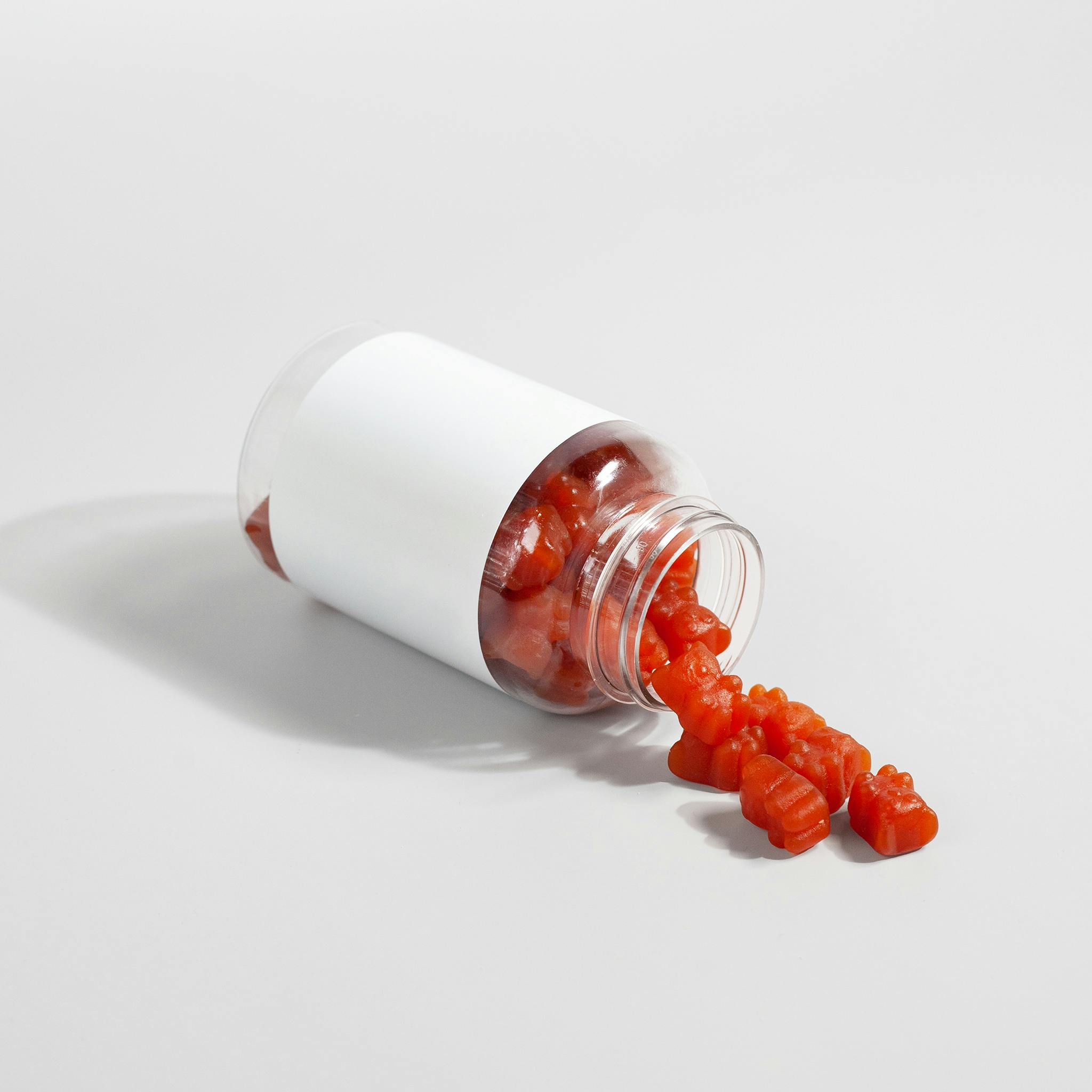Laparoscopic herniorrhaphy in children

Published: November 24 2015
Abstract Views: 2459
PDF: 1350
HTML: 461
HTML: 461
Publisher's note
All claims expressed in this article are solely those of the authors and do not necessarily represent those of their affiliated organizations, or those of the publisher, the editors and the reviewers. Any product that may be evaluated in this article or claim that may be made by its manufacturer is not guaranteed or endorsed by the publisher.
All claims expressed in this article are solely those of the authors and do not necessarily represent those of their affiliated organizations, or those of the publisher, the editors and the reviewers. Any product that may be evaluated in this article or claim that may be made by its manufacturer is not guaranteed or endorsed by the publisher.
Similar Articles
- Assunta Turco, Mariapina Cerulo, Fulvia Del Conte, Vincenzo Coppola, Giovanni Severino, Maria Escolino, Ciro Esposito, Correlation between FLACC scale score and analgesic requirement in children undergoing minimally invasive surgery , La Pediatria Medica e Chirurgica: Vol. 45 No. 1 (2023)
- Salvatore Fabio Chiarenza, Lorenzo Costa, Maria Luisa Conighi, Elisa Zolpi, Lorella Fasoli, Giulia Brooks, Enrico La Pergola, Cosimo Bleve, GERD surgery in non-neurologic patients: Modified Laparoscopic Hill-Snow Repair is a valid alternative to Nissen fundoplication. Results of a 20 years of follow-up , La Pediatria Medica e Chirurgica: Vol. 45 No. 1 (2023)
- Edoardo Bindi, Fabiano Nino, Francesco Pierangeli, Michele Ilari, Taisia Bollettini, Elisa Chiarella, Francesca Mariscoli, Gianluca Gentilucci, Alba Cruccetti, Giovanni Cobellis, Transumbilical laparoscopic-assisted appendectomy versus laparoscopic appendectomy in children: a single center experience , La Pediatria Medica e Chirurgica: Vol. 45 No. 1 (2023)
- Żaneta Słowik-Moczydłowska, Andrzej Kamiński, Recurrent congenital diaphragmatic hernia: A single center experience , La Pediatria Medica e Chirurgica: Vol. 43 No. 1 (2021)
- Paul Anthony Karam, Amy Hiuser, David Magnuson, Federico Gian Filippo Seifarth, Intracorporeal hybrid single port vs conventional laparoscopic appendectomy in children , La Pediatria Medica e Chirurgica: Vol. 38 No. 3 (2016)
- Mario Lima, Tommaso Gargano, Giovanni Ruggeri, Francesca Destro, Michela Maffi, Laparoscopic treatment of congenital choledochal cyst and hepaticojejunostomy with extracorporeal Roux-en-Y anastomosis: technical aspects and early experience with three cases , La Pediatria Medica e Chirurgica: Vol. 38 No. 2 (2016)
- Salvatore Fabio Chiarenza, Elena Carretto, Valeria Bucci, Samuele Ave, Giuseppe Pulin, Cosimo Bleve, Uretero-pelvic junction obstruction in children: Is vascular hitch an effective and safe solutions in very long term outcome? Report of 25 years follow-up , La Pediatria Medica e Chirurgica: Vol. 45 No. 1 (2023)
- Carmine Noviello, Alfonso Papparella, Mirko Bertozzi, Giovanna Riccipetitoni, Ilaria Cascone, Carmine Botta, Giulia Fusi, Veronica Vitali, Mercedes Romano, Abdominal lymphatic malformations in children: case series , La Pediatria Medica e Chirurgica: Vol. 47 No. 1 (2025)
- Cosimo Bleve, Valeria Bucci, Maria Luisa Conighi, Francesco Battaglino, Lorenzo Costa, Lorella Fasoli, Elisa Zolpi, Salvatore Fabio Chiarenza, Horseshoe kidney and uretero-pelvic-junction obstruction in a pediatric patient. Laparoscopic vascular hitch: A valid alternative to dismembered pyeloplasty? , La Pediatria Medica e Chirurgica: Vol. 39 No. 4 (2017)
- Salvatore Fabio Chiarenza, Cosimo Bleve, Ciro Esposito, Maria Escolino, Fabio Beretta, Maurizio Cheli, Vincenzo Di Benedetto, Maria Grazia Scuderi, Giovanni Casadio, Maurizio Marzaro, Leon Francesco Fascetti, Pietro Bagolan, Claudio Vella, Maria Luisa Conighi, Daniela Codric, Simona Nappo, Paolo Caione, Guidelines of the Italian Society of Videosurgery in Infancy for the minimally invasive treatment of pediatric nephrectomy and partial nephrectomy , La Pediatria Medica e Chirurgica: Vol. 39 No. 3 (2017)
1-10 of 141
Next
You may also start an advanced similarity search for this article.








